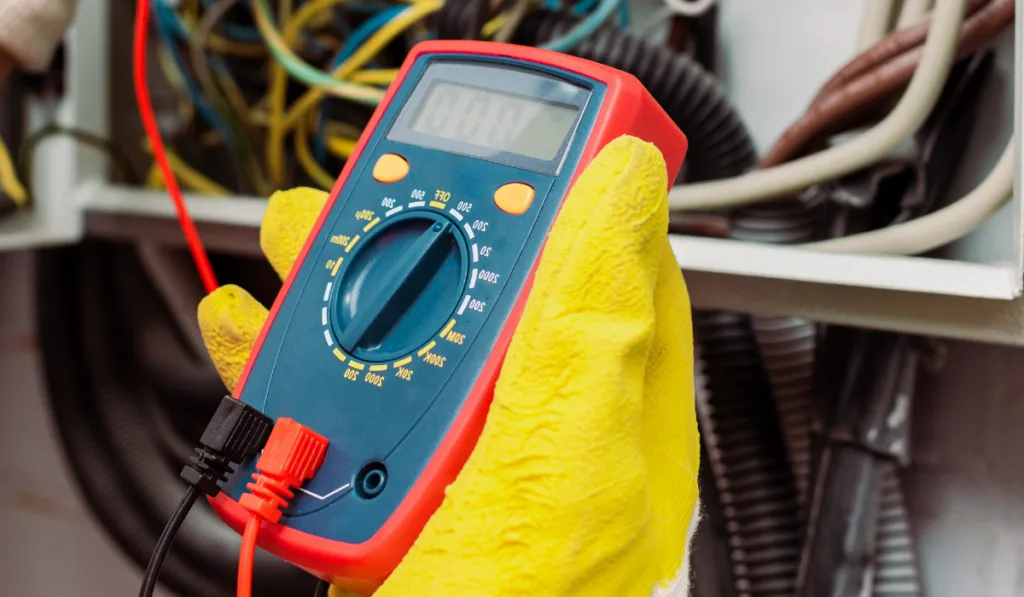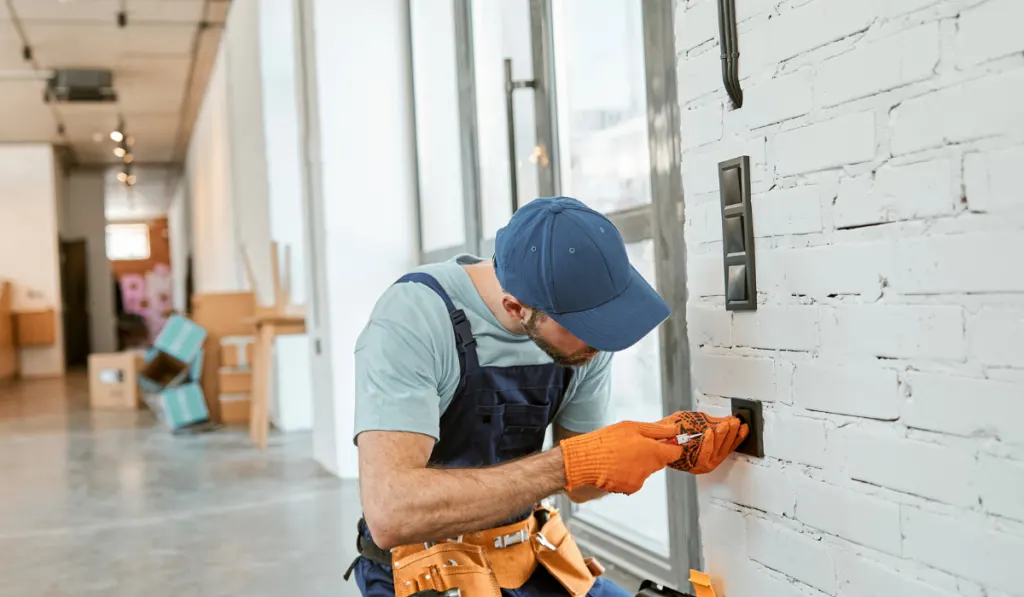*This post may have affiliate links, which means I may receive commissions if you choose to purchase through links I provide (at no extra cost to you). As an Amazon Associate, I earn from qualifying purchases. Please read my disclaimer for additional details.
You don’t have to be an electrician to know that grounding is important. But not that many people understand what grounding actually is and what might happen if it isn’t installed.

A metal electrical box that is not grounded is a safety and health hazard. At one point, something might happen to the wires in your system and the hot current will start flowing through a conductive material. This may lead to damaged electrical devices, a fire, and an electric shock.
How to figure out if your metal box is already grounded? Can you ground the thing on your own? Below we’ve answered all the questions that you might have.
Table of Contents
What Happens if You Don’t Ground a Metal Electrical Box?
In a word, an ungrounded metal electrical box in your house is an extremely serious safety and health hazard. In the worst-case scenario, it can cause a fire or an electric shock in you or one of your family members.

A few other things that can happen, if no grounding is present or if it has not been installed correctly:
- The electrical appliances in your house might break
- You can get shocked every time you touch an outlet
- The electricity bills might become unusually high (this will happen if your hot wire is coming in contact with the grounding wire)
The good news is that the majority of wiring systems include other safety features. Fuses and circuit breakers control individual circuits. By the way, in a lot of cases, metal plumbing pipes are also connected to the grounding pathway.
Electricity can be deadly. It is always best to hire a professional for any electrical work.
How Does the Grounding of an Electrical Box Work?
In your house’s wiring system, the electric current consists of electrons that flow through metal circuit wires. There are two forms of the current – negative and positive.
In a nutshell, electricity will always try to discharge its negative energy. Under normal circumstances, the electrons should be returned to the ground through the electrical system’s neutral wires.
However, if something happens to these wires, the hot current will choose to flow through another material (the metal box, in our case), and this might cause an electric shock or fire.
The good news is that if your electrical box has a system of grounding wires (that run parallel to the neutral and hot wires), the electrical current will have an alternative pathway to follow if a wire connection in the main system ever becomes loose or if a rodent damages the wire.

Does Every Metal Electrical Box Need to Be Grounded?
Grounding a metal electrical box is required by the National Electric Code. Metal is not the kind of material that is going to stop the electricity flow, unlike plastic boxes, for example.
The latter are non-conductive which means that they are not going to conduct electricity if a bare wire was ever to touch them.
Plastic boxes, in general, do not need to be grounded. However, do bear in mind that such junction boxes cannot be used with metal conduit that is usually required outdoors or when wiring is exposed.
Another thing that you need to know is that even though plastic boxes do not necessarily need to be grounded the same way as metal ones, you would still need to install an equipment-grounding conductor to ground such devices as receptacles and switches, for example.
How to Ground a Metal Electrical Box?
- Find out where the grounding rods are. The earth is great at absorbing electricity, and these rods that get buried in the ground will help make sure that no one gets shocked by accident once the soil starts absorbing the electricity. You’ll usually find those next to the main circuit breaker (most houses will have 2 rods buried around 8 feet under the surface).
- Make sure that you already have a grounding wire that is connected to the grounding rod.
- Turn off the electricity at the main circuit breaker. You can use a voltmeter to check if the circuit is still ‘hot’. Be extremely careful when working with wires and only attempt this project if you feel comfortable dealing with electricity.
- Install a special grounding screw. Find a green hole on the junction box and make sure that the screw is coming in contact with the grounding wire. You can choose to strip the wire and tie it to the screw.
- Tie in the wires together. Ensure that they are of the same color and that they are tightly tied together. The ‘pigtail’ is one of the most common types of connections – it can secure a few wires and it also shortens them. Use a wire nut to secure the connection and don’t forget that there should be a wire that is connected to the grounding screw.
How to Tell if the Metal Box Is Grounded?
A lot of homeowners might not know if their metal box is already grounded or not. There are a few relatively simple ways to find that out.
Use a voltmeter

- Shut off the power to the room where you will be conducting the test.
- Pull off the outlet’s faceplate and carefully pull the actual outlet out of the wall.
- Unscrew the wires, so that they are not attached to the outlet any longer.
- Make sure that the neutral and the positive wires are exposed and that they are not touching anything.
- Turn the electricity to the room back on.
- One end of the tester should be touching the hot wire (it is usually red or black).
- Place the other end of the device on the metal box (it’s inside the wall).
- The voltmeter should show voltage. If there is no reading or it is zero, then your box is not grounded and you should change that as soon as possible.
Take a look at your outlets

If you don’t feel comfortable working with wires or you simply don’t have a voltmeter, then you can check the outlets in your house.
A third round slot in the receptacle means that there is a grounding connection. So, when you plug a device into such a receptacle, one of its prongs will get directly connected to the system of grounding wires (the standard 3-prong receptacle is also called the ‘grounding’ receptacle).
Bear in mind that the receptacles that have two slots are, in the majority of cases, never grounded. This usually means that the wiring in the house is old.
Before the 1940s, no grounding path would have been installed. If the house was built before 1965, then there might be a grounding in the form of a metal cable or conduit, but even such a system definitely needs to be updated.
Final Thoughts
Now you know what happens if you don’t ground a metal electrical box.
You might not notice any electricity-related issues in your house until something happens to the wiring system. Without a grounding wire, the hot current will start flowing through other materials (including the actual metal box).
This can result in:
- Damaged electrical appliances
- A fire
- An electric shock
Finally, grounding all metal electrical boxes is required by the National Electric Code, and not having a ground wire is now illegal in new home construction.
